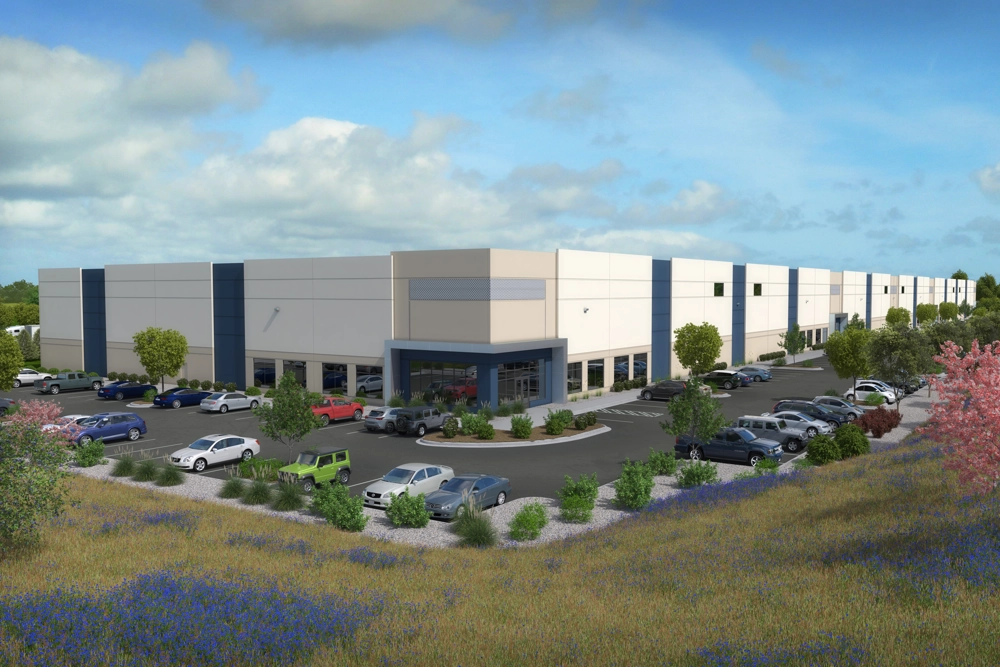Notable: Optimism Amidst Tariff Uncertainty
Tom Becker, President & Chief Executive Officer of Opus Design Build, shares his thoughts on how our design-build delivery model can help ease concerns about the potential impact of tariffs on construction materials costs.

Like interest rates and inflation, tariffs lead to a significant amount of economic uncertainty, which has a direct effect on the commercial real estate industry. Companies that were thinking of relocating may opt not to until they have more clarity on the direct impact tariffs will have on their business. Investors may choose not to advance new projects until the economic volatility of new tariffs settles. Contractors may not be able to manage elevated costs associated with purchasing building materials from overseas.
Recent estimates have suggested that tariffs could increase construction material costs by more than $3 billion. On the flip side, tariffs should lead to more onshoring as well as the use of more domestically sourced recycled building materials, which would ultimately bring costs back down.
In the meantime, having successfully weathered recessions, policy changes and a lack of consumer confidence over the course of our 70-year history, we believe we’re in the enviable position of being able to support and advance our clients’ needs despite current tariff-related uncertainty.
According to Tom Becker, President & CEO of Opus Design Build, we’re competitively advantaged in three specific areas. First, as part of our strategic plan, we’ve placed renewed emphasis on building long-term, mutually beneficial relationships with key capital partners. Our long-standing reputation for delivering growth through real estate value creation has led to a level of trust our partners can bank on – literally.
Second, as part of our design-build approach, we’re always looking for opportunities to positively influence costs and mitigate risk, both of which can influence project viability. One way we do this is by encouraging our sub-contractors and suppliers to buy ahead. In this way, we can lock in pricing for future projects ahead of potential future increases in the cost of goods.
Lastly, another benefit of design-build is that we’re able to establish a guaranteed maximum price early in the process. This reassures clients and partners that, even if material costs increase, their cost of materials won’t.
Becker points to a new construction start in Centennial, Colorado, as validation that we’re poised for success regardless of the current tariff situation.
“We worked with a new joint venture partner on a 188,054-square-foot Class A speculative industrial development that recently broke ground,” said Becker. “Our team was able to identify materials at risk of tariff escalation, collaborate with our partner and mitigate these risks and lock in pricing, paving the way for the project to move forward. I anticipate we’ll see additional new starts this year, which gives us plenty of reason to be optimistic in these uncertain times.”
Article Type: Blog Post
Topics: Design-Build Model | Development | Construction | Design Services | Notable


